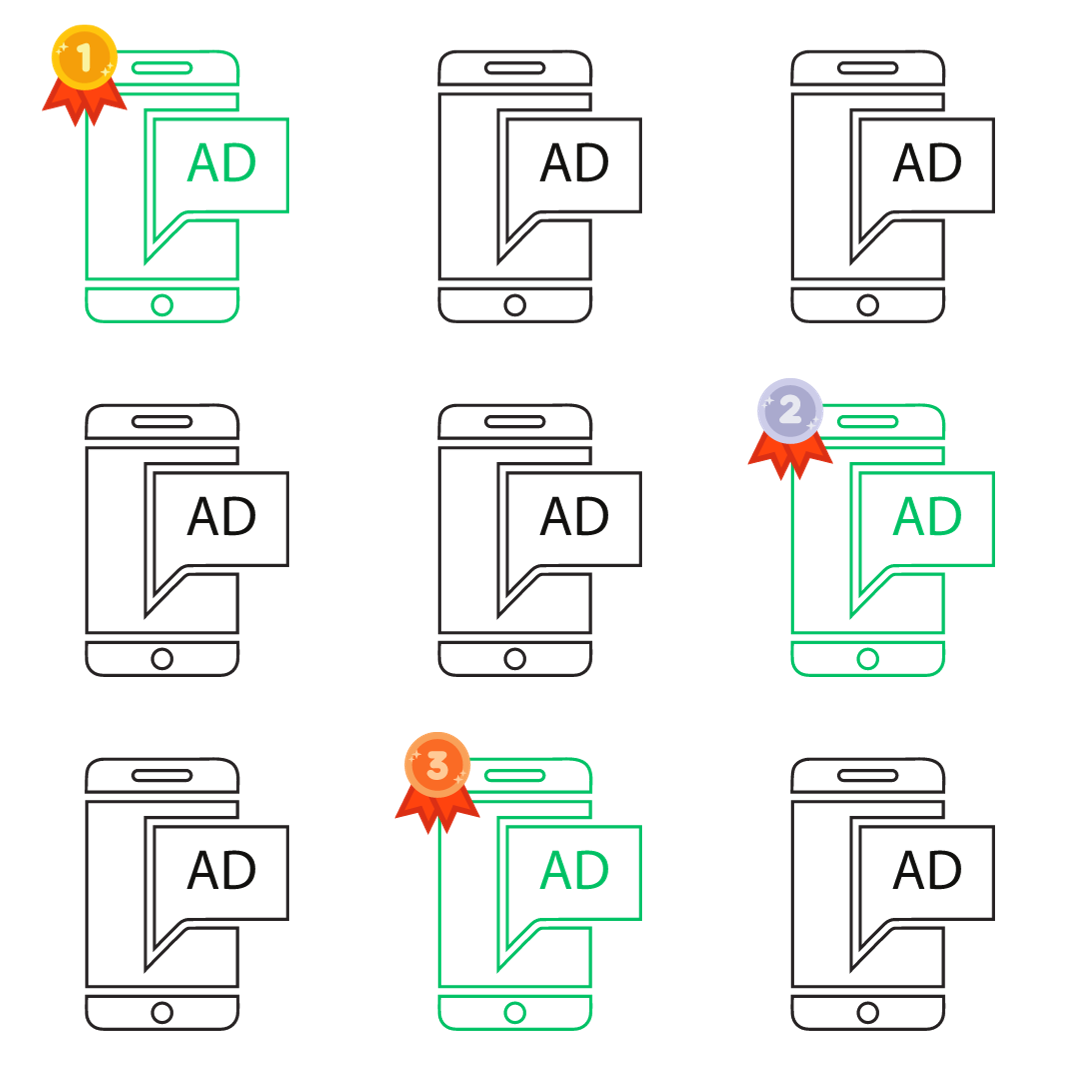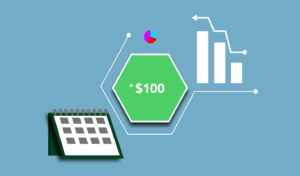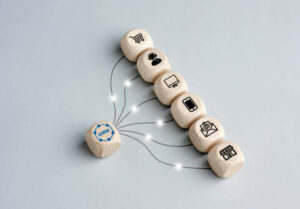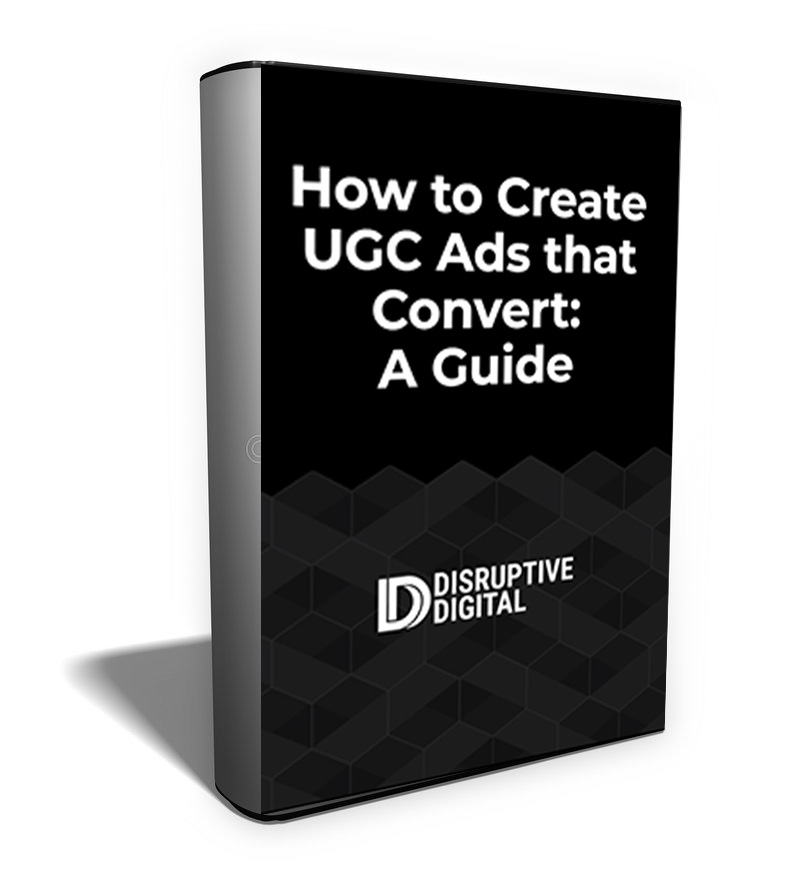Today, we’re taking a closer look at creative testing for Meta accounts, particularly those with a high conversion volume. From the outside, it looks daunting. But we’re going to break this down into easy-to-manage, actionable insights.
(If you struggle to achieve 50 conversions per week, check out Effective Creative Testing Strategies for Low Conversion Meta Accounts instead)
The goal is to meticulously search and identify the best practices that can take your Meta account from good to spectacular. We’ll review the details, examine various approaches, and uncover the most effective tactics to enhance your digital advertising efforts.






